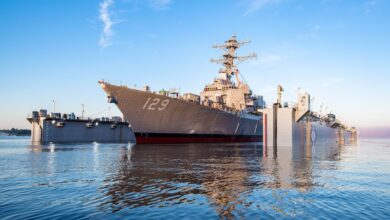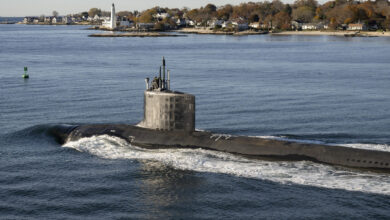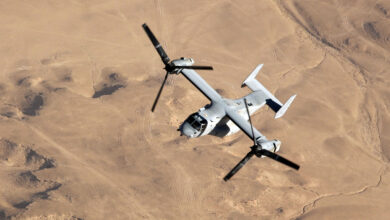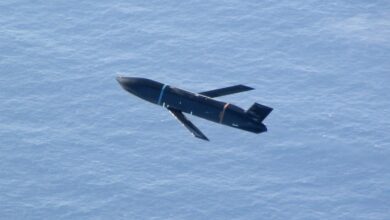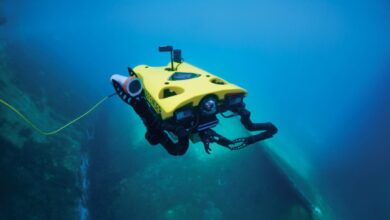Kongsberg Delivers Underwater Drone Prototype for US Navy Deep Water Project
Kongsberg Discovery has delivered the HUGIN Superior autonomous underwater vehicle (AUV) prototype for a US Navy large undersea drone project.
It follows the completion of the prototype’s acceptance trials in Norway earlier this year.
Previously, a rigorous technology assessment was conducted on the platform by a Defense Innovation Unit (DIU) team last year.
Kongsberg was awarded a 24-month prototype contract in February 2024 for the service’s Large Displacement Unmanned Underwater Vehicle (LDUUV) program.
Other contenders for the project are Anduril Industries and Oceaneering International.
“We applaud the DIU team for enabling this transfer of capability to the warfighter at an accelerated pace and look forward to valuable operator feedback and continued partnership to further evolve our product line,” vice president of sales, uncrewed platforms division at Kongsberg Discovery Rich Patterson said.
HUGIN Superior
The HUGIN underwater drone has been in service for both commercial and military usage since 2019.
It is employed for subsea and seabed warfare, intelligence preparation of the operational environment, mine countermeasures, and inspection of critical undersea infrastructure.
The platform has an endurance of over 70 hours.
It can be configured with a range of mapping and imaging sensors, such as the Kongsberg HISAS family of synthetic aperture sonars and the EM family of multi-beams.
“HUGIN Endurance collects consistent, high-resolution data without the need for in-mission supervision using Kongsberg’s advanced underwater navigation system Sunstone,” Kongsberg explained.
“This advanced level of autonomy and accuracy reduces the carbon footprint of survey operations by eliminating the need for a dedicated support vessel.”

LDUUV Program
The US Navy’s LDUUV program intends to provide the service long-endurance, deep-sea, unmanned underwater capability to deliver sensing payloads and effectors in the Pacific and other contested waters.
A fleet of LDUUVs are required for the program for subsea and seabed warfare as well as undersea warfare scenarios.
“This project will also drive advancements in underwater engineering, autonomous systems, communications, and shape employment of LDUUV for future Naval operations,” the DIU explained.



